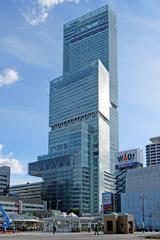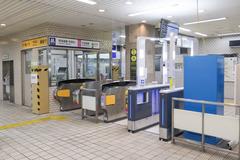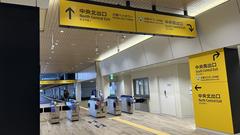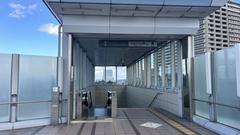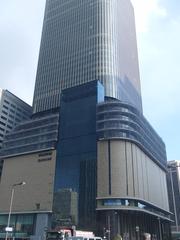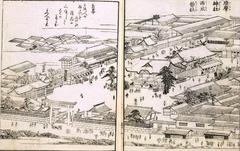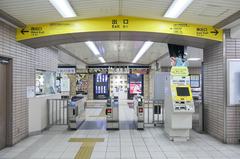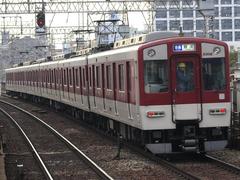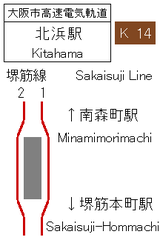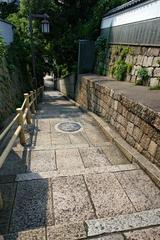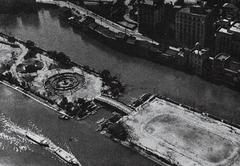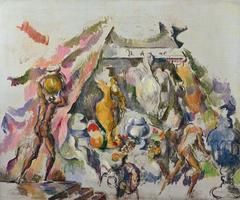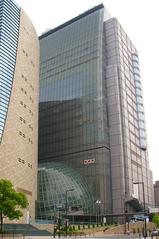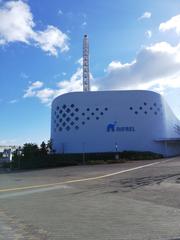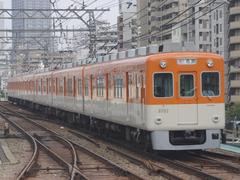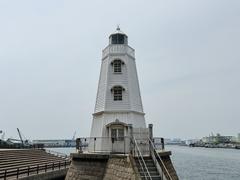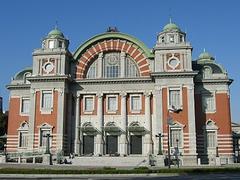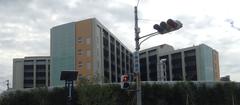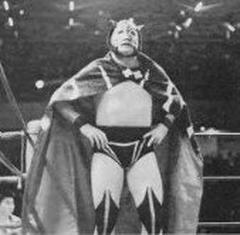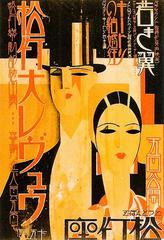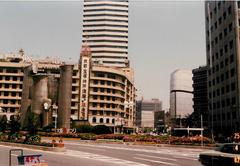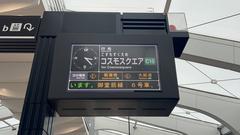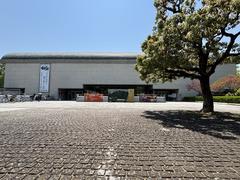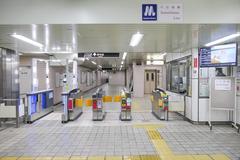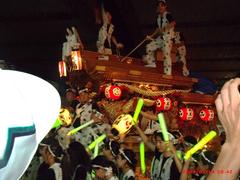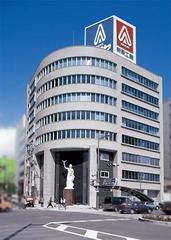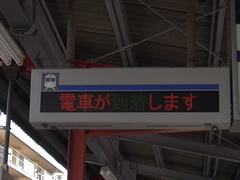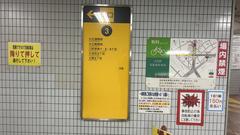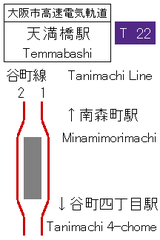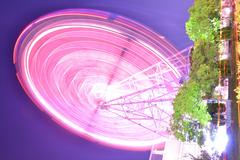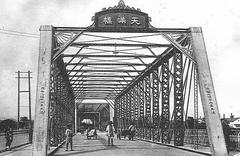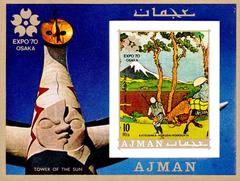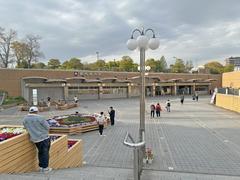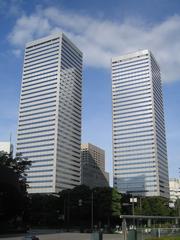Comprehensive Guide to Visiting Tsūtenkaku, Osaka, Japan
Date: 16/08/2024
Introduction
Welcome to a comprehensive guide to Tsūtenkaku Tower, a historical and cultural icon in Osaka, Japan. This landmark, whose name translates to ‘Tower Reaching Heaven,’ stands as a symbol of Osaka’s resilience and modernization. Originally constructed in 1912 during Japan’s Meiji Restoration, Tsūtenkaku was modeled after Paris’s Eiffel Tower and Arc de Triomphe, reflecting the era’s aspirations and architectural influences (Osaka.com). Despite being dismantled during World War II, the tower was reconstructed in 1956 under the guidance of renowned architect Tachū Naitō, who also designed Tokyo Tower (Wikipedia). Today, Tsūtenkaku not only offers breathtaking panoramic views of Osaka but also houses cultural artifacts like the Billiken statue, believed to bring good luck (Japan-Travel-Note). This guide will provide you with all the necessary information for your visit, including historical context, visiting hours, ticket prices, and tips for making the most of your trip.
Table of Contents
- Introduction
- Historical Background
- Modern Era: Tsūtenkaku Today
- Visitor Experience and Practical Information
- Cultural Impact and Significance
- FAQ
- Conclusion
Historical Background
Early 20th Century: The Birth of Tsūtenkaku
In 1912, during the Meiji Restoration, Japan was undergoing a significant modernization phase. As part of this transformation, Osaka, one of Japan’s largest metropolises, saw the construction of Tsūtenkaku Tower in the Shinsekai district. The name “Tsūtenkaku” translates to “Tower Reaching Heaven,” reflecting its ambitious design and symbolic significance (Osaka.com).
The original Tsūtenkaku was modeled after two iconic French structures: the Eiffel Tower and the Arc de Triomphe. Standing at 64 meters (210 feet), it was the second tallest structure in Asia at the time. The tower was connected to Luna Park, an amusement park, via an aerial tramway, providing visitors with a unique “flying sensation” as they entered the park (Japan Travel).
The Rise and Fall of the Original Tower
Tsūtenkaku quickly became a symbol of progress and Westernization in Meiji-era Japan. The Shinsekai district, meaning “New World,” was designed to inspire and amaze with its futuristic architecture and attractions. The tower and the amusement park drew visitors from all over, making it one of the most popular destinations in Osaka (The Culture Trip).
However, the tower’s prominence was short-lived. In January 1943, a fire severely damaged the structure. Instead of repairing it, the authorities decided to dismantle the tower and repurpose the steel for the war effort during World War II. This decision marked the end of the original Tsūtenkaku, and the Shinsekai district’s reputation declined significantly, transforming from a vibrant amusement area to a neglected neighborhood (Osaka.com).
Post-War Rebirth: The New Tsūtenkaku
After World War II, the local community lobbied for the reconstruction of their beloved tower. In response, a private company, Tsūtenkaku Kanko Co., Ltd., was established to oversee the project. The renowned architect Tachū Naitō, often referred to as Japan’s “Father of Towers,” was commissioned to design the new structure. Naitō was also the designer of the famous Tokyo Tower (Wikipedia).
The new Tsūtenkaku was completed in 1956, standing taller at 103 meters (338 feet) with an observation deck at 91 meters (299 feet). The design retained the eight-sided structure, reminiscent of its predecessor, but incorporated modern architectural elements. The tower quickly regained its status as a beloved landmark and a symbol of Osaka’s resilience and modernization (Japan Travel).
Modern Era: Tsūtenkaku Today
Today, Tsūtenkaku remains an iconic symbol of Osaka, attracting both tourists and locals. The tower is registered as a national tangible cultural property, highlighting its historical and cultural significance. Visitors can explore various attractions within the tower, including the observation deck, which offers panoramic views of Osaka’s cityscape (Osaka Info).
One of the unique features of the tower is the statue of Billiken, the “god of luck,” located on the golden observation platform. It is said that touching the soles of Billiken’s feet brings good fortune, making it a popular attraction for visitors (Japan-Travel-Note).
In recent years, Tsūtenkaku has continued to evolve, adding new attractions such as the Tower Slider, an outdoor observation platform, and the “TIP THE TSUTENKAKU” overhanging observation deck. These additions have enhanced the visitor experience, blending historical significance with modern entertainment (Prepare Travel Plans).
Visitor Experience and Practical Information
Visiting Hours and Ticket Information
For those planning to visit Tsūtenkaku, the tower is open daily from 8:30 AM to 9:30 PM, with the last admission at 9:00 PM. Admission fees are 900 yen for adults and 400 yen for children until March 31, 2024. From April 1, 2024, the fees will be 1,000 yen for adults and 500 yen for children (Prepare Travel Plans).
How to Get There
Tsūtenkaku is easily accessible from various parts of Osaka. The nearest stations are Ebisucho Station and Dobutsuen-Mae Station, both within walking distance. This central location makes it convenient for tourists to include Tsūtenkaku in their Osaka travel itinerary (Osaka Info).
Nearby Attractions
While visiting Tsūtenkaku, there are several nearby attractions to explore. The Shinsekai district itself is a vibrant area filled with retro-style eateries, arcades, and shops. Tennoji Zoo and the Osaka City Museum of Fine Arts are also within walking distance, offering additional cultural and recreational opportunities (Live Japan).
Special Events and Tours
Throughout the year, Tsūtenkaku hosts various special events that add to its allure. Seasonal festivals, light-up events, and guided tours are available, providing visitors with a deeper understanding of the tower’s history and significance. Check the official Tsūtenkaku website for the latest event schedules and tour information (Osaka Info).
Best Photographic Spots
For photography enthusiasts, Tsūtenkaku offers numerous opportunities for capturing stunning images. The night-time illumination of the tower is particularly mesmerizing, creating a beautiful contrast against the Osaka skyline. The observation deck and the surrounding Shinsekai district also provide excellent backdrops for memorable photos (Japan-Travel-Note).
Cultural Impact and Significance
Tsūtenkaku’s cultural impact extends beyond its architectural marvel. The tower and the surrounding Shinsekai district have become a symbol of Osaka’s unique blend of tradition and modernity. The area is known for its retro atmosphere, with neon lights, arcades, and traditional eateries coexisting with modern attractions. This fusion of old and new makes Shinsekai a vibrant and eclectic neighborhood, attracting tourists and locals alike (Osaka.com).
The tower’s illumination at night adds to its allure, creating a dazzling spectacle that enhances the district’s lively ambiance. The Shinsekai area, with its rich history and contemporary charm, offers a unique glimpse into Osaka’s cultural landscape (Live Japan).
FAQ
What are the Tsūtenkaku visiting hours?
Tsūtenkaku is open daily from 8:30 AM to 9:30 PM, with the last admission at 9:00 PM (Prepare Travel Plans).
How much are Tsūtenkaku tickets?
Admission fees are 900 yen for adults and 400 yen for children until March 31, 2024. From April 1, 2024, the fees will be 1,000 yen for adults and 500 yen for children (Prepare Travel Plans).
How do I get to Tsūtenkaku?
The nearest stations to Tsūtenkaku are Ebisucho Station and Dobutsuen-Mae Station, both within walking distance (Osaka Info).
What are some nearby attractions?
Nearby attractions include the Shinsekai district, Tennoji Zoo, and the Osaka City Museum of Fine Arts (Live Japan).
Are there special events at Tsūtenkaku?
Yes, Tsūtenkaku hosts various special events throughout the year, including seasonal festivals and light-up events. Check the official Tsūtenkaku website for the latest event schedules (Osaka Info).
Conclusion
Tsūtenkaku Tower stands as a testament to Osaka’s historical and cultural evolution. From its early 20th-century origins to its modern-day significance, the tower continues to captivate visitors with its unique blend of history, architecture, and entertainment. Whether you’re exploring the observation decks, taking in the panoramic views, or enjoying the surrounding Shinsekai district, Tsūtenkaku offers an unforgettable experience. Be sure to include this iconic landmark in your Osaka travel plans, and stay up to date with the latest events and attractions by visiting Tsūtenkaku’s official website (Osaka Info).
References
- Tsūtenkaku Tower: The Symbol of Shinsekai, n.d., Osaka.com source
- Tsūtenkaku, n.d., Japan Travel source
- The History Behind Tsūtenkaku, n.d., The Culture Trip source
- Tsūtenkaku, 2023, Wikipedia source
- Tsūtenkaku, n.d., Osaka Info source
- A Comprehensive Guide to Tsūtenkaku, n.d., Japan-Travel-Note source
- Tsūtenkaku Tower Guide, n.d., Prepare Travel Plans source
- Discover the Best of Shinsekai, n.d., Live Japan source
